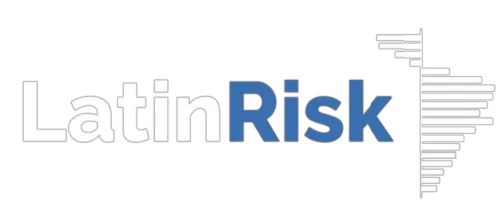Corporate Security and Suppliers Audits
ASSET SECURITY AUDITS
AUDITS OF SECURITY GUARD SERVICE PROVIDERS
AUDITS OF ELECTRONIC SECURITY DEVICES AND INSTALLATION
CYBERSECURITY AUDITS
FRAUD INVESTIGATIONS
LOSS PREVENTION
ETHIC & COMPLIANCE
DUE DILIGENCE REVIEWS
FORENSIC AUDITS OF INCIDENTS AND CLAIMS
Information about our services

Inventory Loss Investigation
and Prevention
Is a critical process for any organization dealing with physical goods. It involves identifying the sources of inventory shrinkage (loss), analyzing patterns, and implementing measures to mitigate future occurrences.
I. Inventory Loss Investigation:
1. Define the Loss
2. Analyze Inventory Record
3. Review Surveillance and Access Logs
4. Interview Staff
II. Inventory Loss Prevention:
1. Tighten Inventory Controls
2. Strengthen Access Security
3. Train Employees
4. Enhance Supplier Vettin
5. Use Technology
6. Establish Clear Policies
III. Key Metrics to Monitor:
*Shrinkage Rate = (Book Inventory – Actual Inventory) / Book Inventory)
*Cycle Count Accuracy
*Inventory Turnover
*Discrepancy Reports Over Time

Corporate Ethic and Compliance – Due Diligence Forensic Audits
Compliance audits under ISO 9001, ISO 31000, and other current standards. Includes assessment of corporate reputation risk and control of legal contingent liabilities. Audits of service providers and physical security technologies. Evaluation of service performance, cost, and corporate joint liability. Support for tender processes, price contests, and background checks. Forensic security audits with legal validity for internal investigations, insurance cases, and third-party disputes.
Best Practices:
*Establish a zero-tolerance policy for fraud and corruption.
*Perform enhanced due diligence (EDD) for high-risk relationships.
*Ensure independence of forensic audit teams.
*Keep comprehensive documentation for legal defensibility.
*Integrate with global compliance standards (e.g., FCPA, UK Bribery Act, ISO 37001).

Corporate Risk Assessment, Analysis, and Management
Enterprise risk management (ERM) is a structured process aimed at identifying, evaluating, prioritizing, and controlling risks that could impact an organization's ability to achieve its strategic, operational, financial, or legal objectives:
1. Risk Assessment
2. Risk Analysis
3. Risk Management (Treatment)
4. Ongoing Monitoring and Reporting
5. Strategic Integration
Frameworks and Tools:
*COSO ERM Framework
*ISO 31000 – Risk Management Guidelines
*Heat Maps – Visualizing risk exposure
*SWOT Analysis – For strategic risk identification
*Risk Dashboards – Executive-level monitoring tools.
¨Security is not about the absence of danger,
but measures to deal with potential threats¨
° LatinRisk was founded in the Province of Cordoba, Argentina, on April 25th 2007
- Arenales 3069 (C1425BEK) Ciudad Autónoma de Buenos Aires, Argentina -
© Copyright LATINRISK SRL 2025 | By SantoFunnel.com
